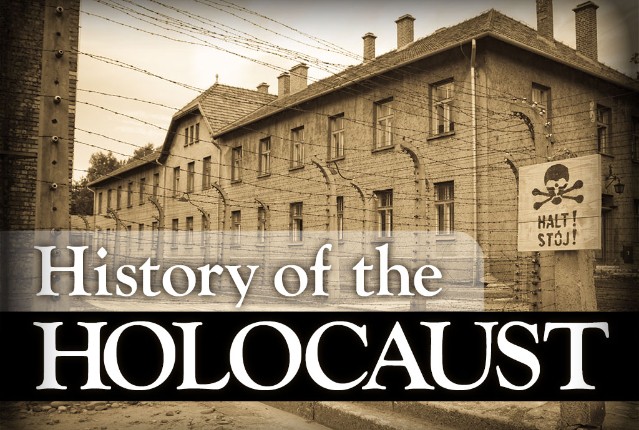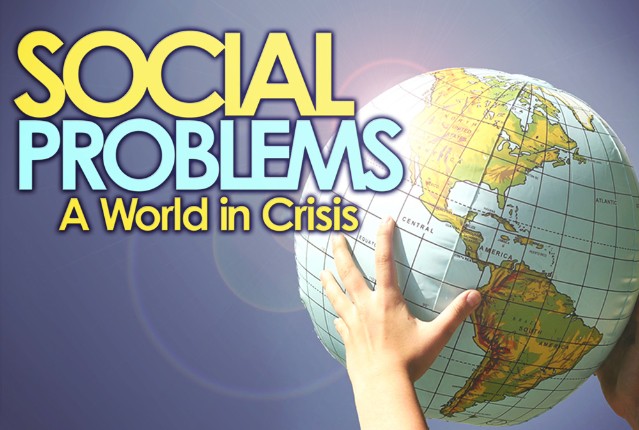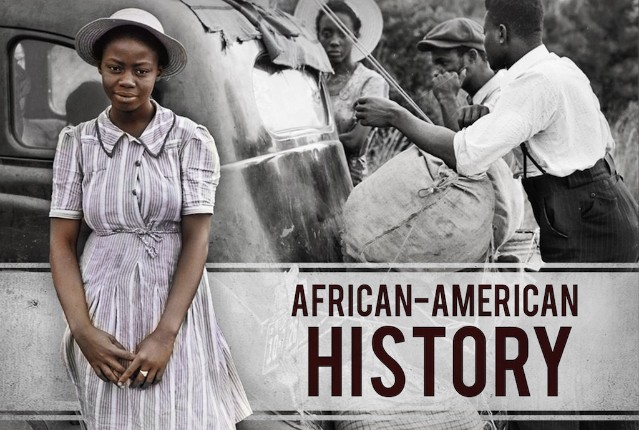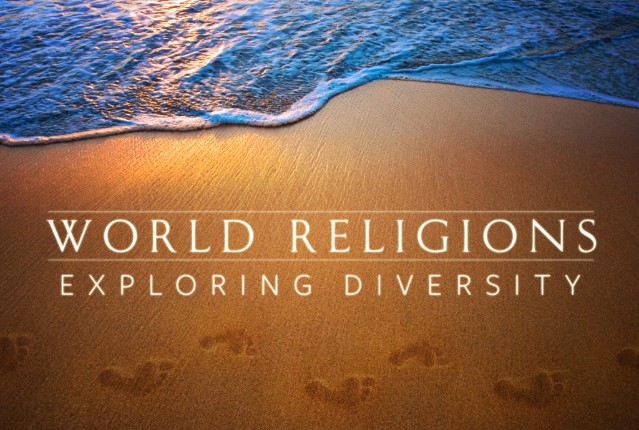In 1948, when the United Nations passed the Genocide Convention, it was widely hoped that the world would never again witness genocide and that these laws would never be called upon to protect the innocent. Recognition of pre-World War II genocides remains a challenging issue on an international level, and unfortunately, there have been several significant genocides during the years since the end of World War II, ranging from Cambodia to Darfur. The tools available to the international community and the United Nations have been used in an attempt to prevent and stop genocide, but without the hoped-for effectiveness; however, there is now an active interest in the prevention of and study of genocide. In the words of Dr. Linda Woolf of Webster University, “Mass violence, torture, violations of fundamental human rights, and the mistreatment of human beings is not a new aspect of humanity; documentation of such events spans the historical record. It is imperative that a greater understanding of the psychological, cultural, political, and societal roots of human cruelty, mass violence, and genocide be developed.” Only through such an understanding can further atrocities be stopped.
What will you learn in this unit?
- Recognize the legal definition of genocide, including the United Nations’ Genocide Convention.
- Understand the historical role of genocide outside of the Holocaust during the early 20th century.
- Discuss the genocides in Cambodia, Bosnia, and Rwanda.
- Recognize ongoing genocides in the Democratic Republic of the Congo and the Sudan.
- Consider taking action to help victims of genocide.





